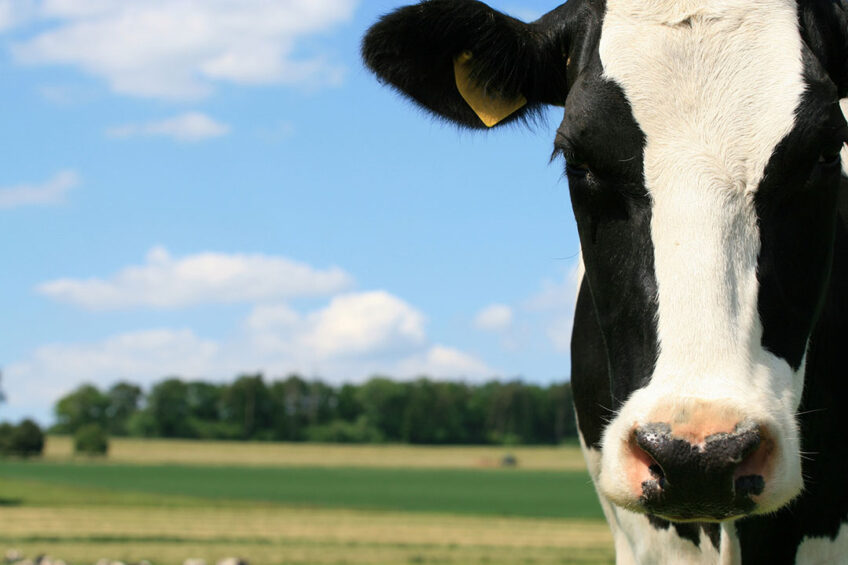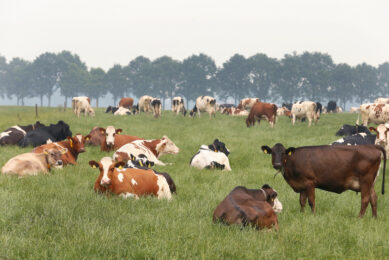‘To reduce emissions, include methane in breeding goals’

Recently, researchers’ findings show the necessity of either including methane in the breeding goal, or do it through a correlated trait as residual feed intake, if methane emissions are to be reduced.
Project manager at The Center for Quantitative Genetics and Genomics (QGG), Coralia Manzanilla Pech, is excited about the project results, and says, “If we want to reduce methane emissions in dairy cattle, it is time to start taking action, for instance like finding the way of including methane in the breeding goal or in an efficiency index.”
Reducing methane emissions
According to a report by Aarhus University, the present study is the first study that merges data from 4 countries to obtain genetic parameters, including a correlation with production and maintenance traits. Through a selection index, the merged data will provide the correlated response of several traits already included in the breeding goal. This shows the necessity of including methane in the breeding goal, or include it through a correlated trait as residual feed intake, if we want to reduce methane emissions.
Study on methane traits
In addition to determining which methane trait should be included in the breeding goal, the aim of this study was first to estimate genetic parameters of 7 suggested methane traits, as well as genetic correlations between methane traits and production, maintenance and efficiency traits by using a multi-country database.
When compared to methane production, methane yield and methane intensity, residual methane had the most potential for inclusion in the breeding goal, as residual methane allows for selection of low methane emitting animals without compromising other economically important traits.
To lower methane emissions even further, the inclusion of feed efficiency in the breeding goal could play an important role here, as the correlation with residual methane is moderate and elicits a favourable correlated response. Adding a negative economic value for methane could facilitate a substantial reduction in methane emissions whilst maintaining an increase in milk production.
Source and more info: Aarhus University
Join 13,000+ subscribers
Subscribe to our newsletter to stay updated about all the need-to-know content in the dairy sector, two times a week.










